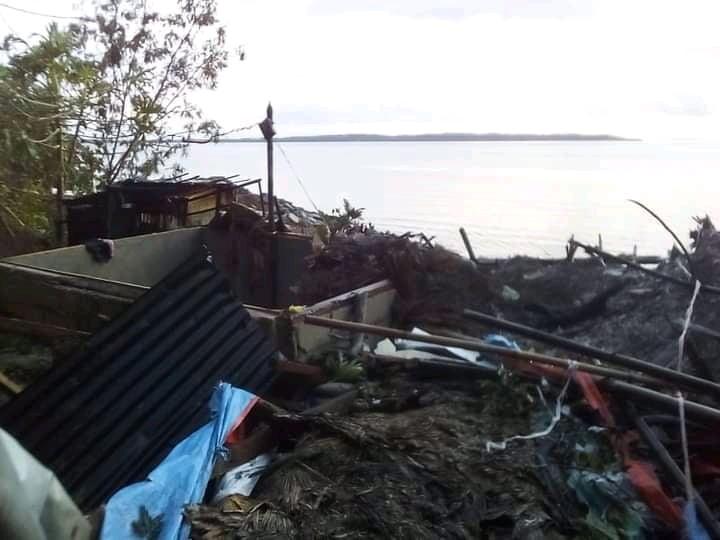Storm-hit Philippines braces for powerful typhoon
Authorities have confirmed one death so far while 17 people are missing.
Just In
At least one person died and 17 were missing after a storm dumped heavy rain and caused flooding in the Philippines, authorities said Thursday, as a powerful typhoon barrelled towards the country.
Tropical storm Conson hit the central province of Eastern Samar as a typhoon on Monday before weakening as it passed over the archipelago, forcing around 10,000 people to flee their homes, according to the National Disaster Risk Reduction and Management Council.
One person drowned on the island province of Marinduque, said Mark Timbal, spokesman for the disaster agency.
Another two deaths reported in Masbate province were yet to be confirmed by the authorities.
At least seventeen people, mostly fishermen, have been confirmed missing.
Floods were recorded in the provinces surrounding the national capital region along with communities in central regions, according to the disaster agency.
The heavy rain and flooding came as Typhoon Chanthu – packing maximum sustained wind speeds of 195kph – swept across the Philippine Sea towards the country’s northeastern tip.
Chanthu is expected to graze Cagayan province on Friday, dumping intense and “at times torrential” rain over the region, before continuing north towards Taiwan, the state weather agency said.
In the most vulnerable areas, “pre-emptive evacuation is advised… to all those who have weak or… shanty houses,” Darwin Sacramed of the provincial disaster agency told AFP in a text message.
The Philippines is hit by an average of 20 storms and typhoons every year, a dangerous and disruptive part of life in most of the country.
As the surface layer of oceans warms due to climate change, cyclones are becoming more powerful and carry more water, posing an increasing threat to the world’s coastal communities, scientists say.
The deadliest cyclone on record in the Philippines was Super Typhoon Haiyan, which left more than 7,300 people dead or missing in 2013.
Subscribe to our newsletter
To be updated with all the latest news and analyses daily.
